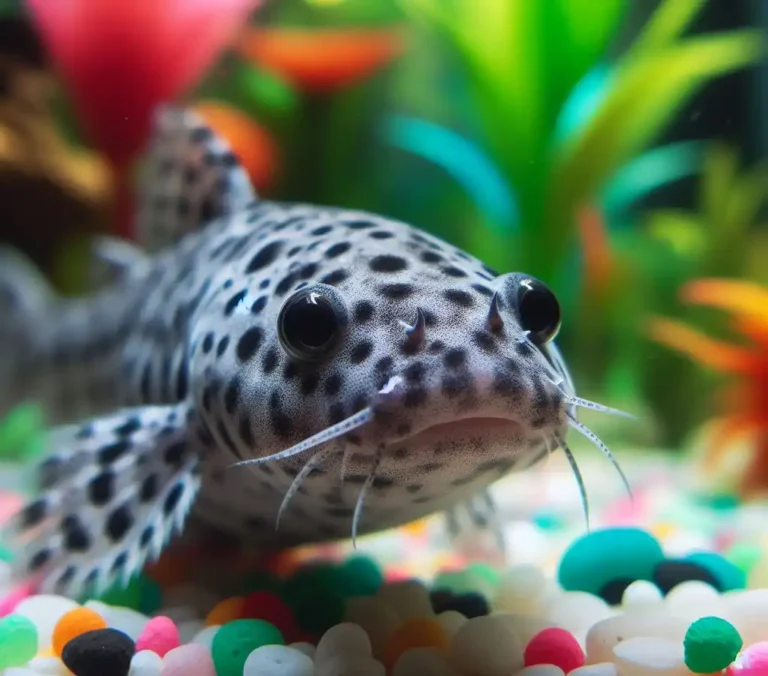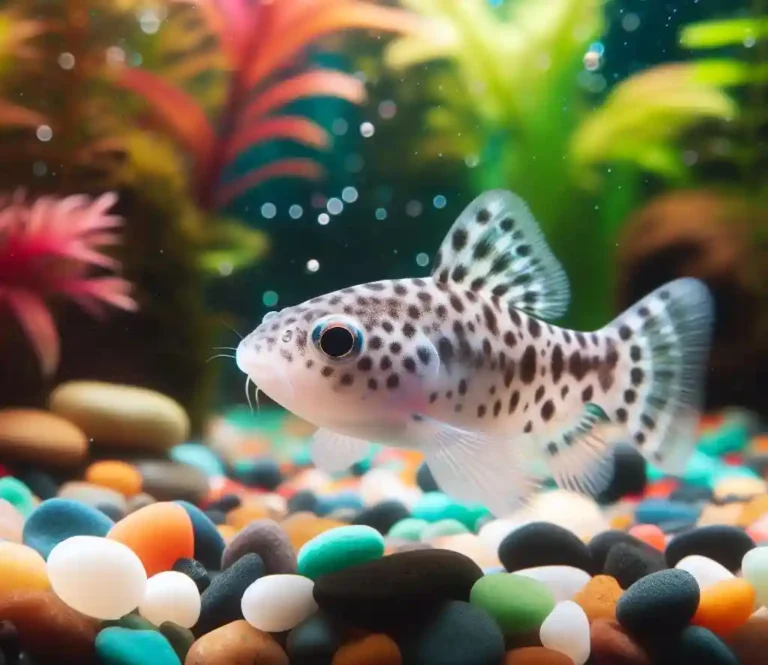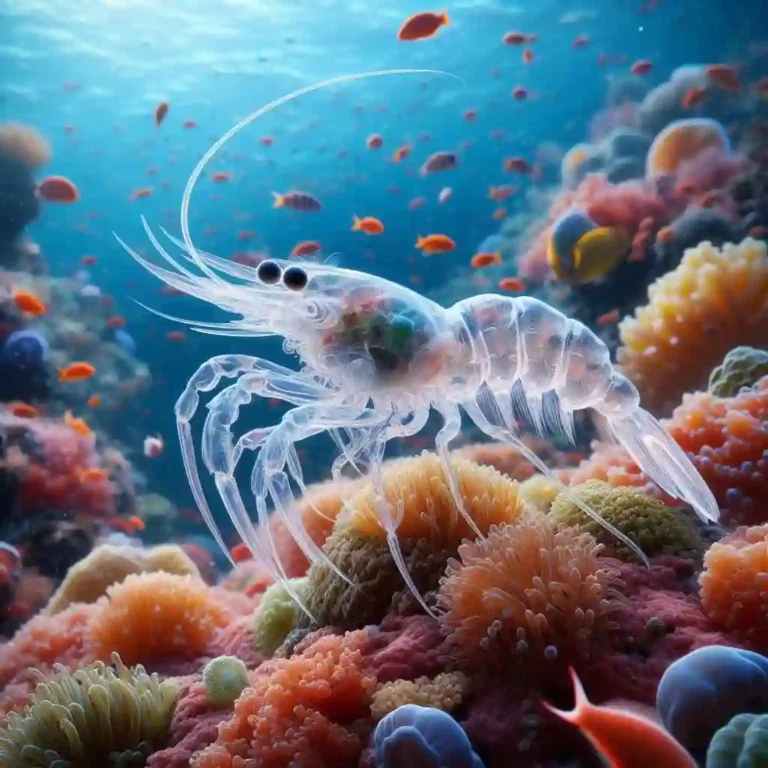How to Euthanize a Betta Fish? A Step-by-Step Guide
How to Euthanize a Betta Fish? Euthanizing a pet is never an easy decision, but it’s sometimes the most humane choice to prevent further suffering and pain.
If you’re facing this difficult decision, it’s essential to know how to euthanize your betta fish with compassion and care.
In this guide, we’ll walk you through the process of euthanizing your betta fish, from preparing a peaceful environment to choosing a humane method.
How to Euthanize a Betta Fish? – A Quick Guide

Step 1: Prepare a Separate Container
- Fill a separate container with water from your betta fish’s tank.
- Add a stress-reducing agent, such as a water conditioner, to the container.
Step 2: Choose a Method
- Clove Oil Euthanization: Mix 1-2 drops of clove oil with 1 liter of water. Add the solution to the separate container.
- Anesthetic Overdose: Mix the recommended dosage of an anesthetic, such as MS-222, with water. Add the solution to the separate container.
Step 3: Transfer Your Betta Fish
- Gently net your betta fish and transfer it to the separate container.
Step 4: Monitor and Wait
- Observe your betta fish for signs of anesthesia, such as loss of balance or lethargy.
- Wait for 2-5 minutes to ensure the fish has reached a state of deep anesthesia.
Step 5: Verify Death
- Check for signs of death, such as no movement, no gill movement, or no reaction to stimuli.
Understanding the Decision: When Euthanizing a Betta Fish is Necessary
Signs that Euthanization May be Necessary:
- Terminal Illness: If your betta fish is suffering from a terminal illness, such as a tumor, organ failure, or a severe infection, and there is no cure or treatment available, euthanization may be the most humane option.
- Chronic Pain: If your betta fish is experiencing chronic pain that cannot be managed with medication or other treatments, euthanization may be necessary to prevent further suffering.
- Severe Injury: If your betta fish has suffered a severe injury that is causing significant pain and distress, and there is no possibility of recovery, euthanization may be the most compassionate choice.
- Poor Quality of Life: If your betta fish is experiencing a poor quality of life due to a debilitating condition, such as labored breathing, loss of appetite, or inability to swim, euthanization may be necessary to prevent further suffering.
- Old Age: Betta fish have an average lifespan of 3-5 years, and as they age, they may experience a decline in their quality of life. If your betta fish is elderly and experiencing significant health issues, euthanization may be the most humane option.
Preparing for the Process: Gathering Equipment and Emotional Readiness

Gathering Equipment:
- Clove oil or anesthetic: Depending on the method you choose, you’ll need clove oil or an anesthetic specifically designed for fish. Make sure to follow the instructions carefully and use the recommended dosage.
- A separate container: You’ll need a separate container filled with water from your betta fish’s tank to minimize stress and prevent sudden changes in water temperature or chemistry.
- A net or soft-mesh scoop: A soft-mesh scoop or a net will help you gently transfer your betta fish to the separate container.
- A quiet and peaceful environment: Choose a quiet, peaceful area where your betta fish can be euthanized with minimal stress and disturbance.
Emotional Readiness:
Euthanizing a pet is never easy, and it’s essential to prepare yourself emotionally for the process.
- Acknowledge your emotions: Recognize that it’s okay to feel sad, guilty, or anxious about euthanizing your betta fish. Acknowledge your emotions, and allow yourself to process them.
- Take time to reflect: Take a few moments to reflect on the good times you shared with your betta fish, and the memories you’ve created together.
- Seek support: Reach out to friends, family, or online communities for support and guidance. Sharing your feelings with others can help you cope with the emotional burden.
- Focus on the welfare of your pet: Remember that euthanizing your betta fish is a selfless act of kindness to prevent further suffering and pain. Focus on the welfare of your pet, and the relief you’re providing by ending their suffering.
Method 1: Clove Oil Euthanization: A Humane and Painless Approach

Clove oil euthanization is a widely accepted and humane method for ending the life of a betta fish. This method is considered painless and can be performed at home with the right equipment and precautions.
How it Works:
Clove oil contains a natural anesthetic called eugenol, which slows down the fish’s metabolism and eventually leads to a peaceful death. The oil is absorbed through the fish’s gills, causing a gradual loss of consciousness and eventually, death.
Step-by-Step Instructions:
- Prepare the clove oil solution: Mix 1-2 drops of clove oil with 1 liter of water from your betta fish’s tank. Stir the solution well to ensure the oil is fully dissolved.
- Transfer your betta fish: Gently net your betta fish and transfer it to a separate container filled with the clove oil solution.
- Monitor and wait: Observe your betta fish for signs of sedation, such as loss of balance, lethargy, or slow movements. Wait for 10-15 minutes to ensure the fish has reached a state of deep anesthesia.
- Verify death: After 10-15 minutes, check for signs of death, such as no movement, no gill movement, or no reaction to stimuli.
Important Precautions:
- Use a separate container: To prevent contamination of your main tank, use a separate container for the euthanization process.
- Monitor water temperature: Ensure the water temperature in the separate container is the same as your betta fish’s tank to minimize stress.
- Avoid overdosing: Use the recommended dosage of clove oil to avoid overdosing, which can cause unnecessary suffering.
- Verify death: Ensure your betta fish has passed away before disposing of the body.
Advantages:
- Painless: Clove oil euthanization is considered a painless method, as the fish slowly becomes anesthetized and eventually dies.
- Humane: This method is widely accepted as a humane way to end the life of a betta fish, as it minimizes suffering and stress.
- Easy to perform: With the right equipment and precautions, clove oil euthanization can be performed at home with minimal expertise.
Method 2: Overdose of Anesthetic: A Quick and Gentle Option
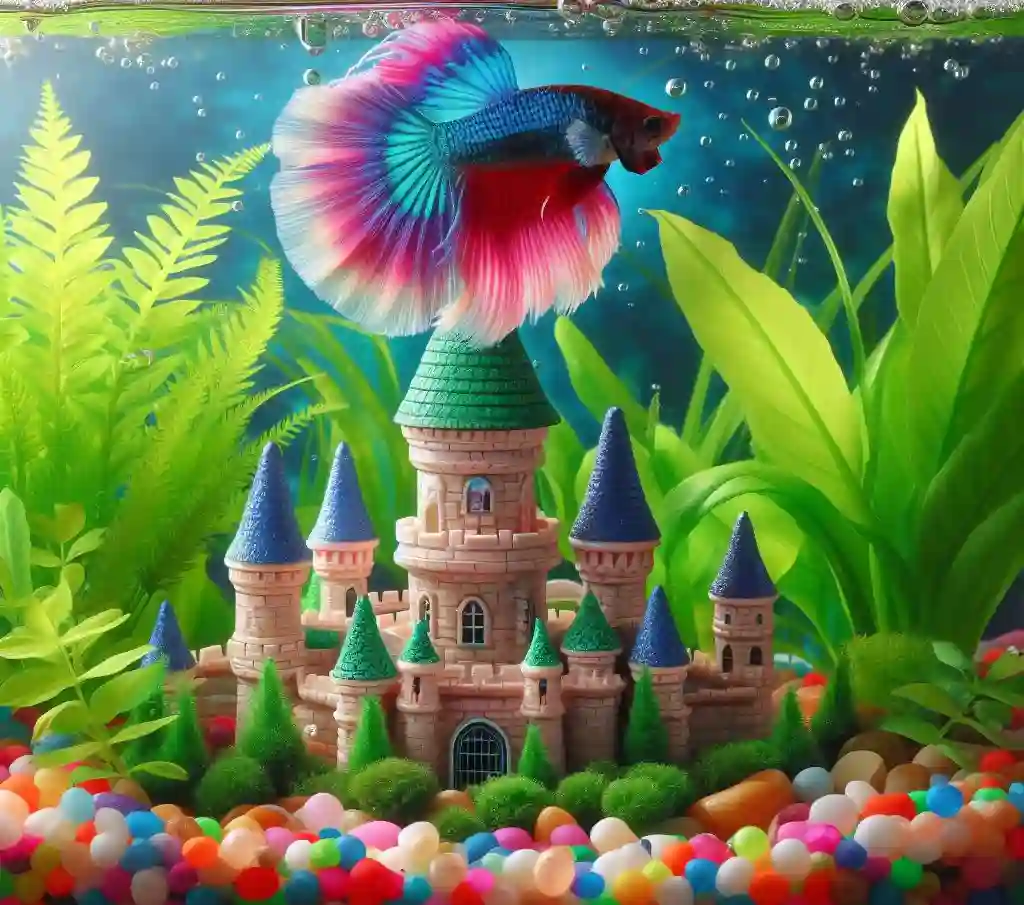
An overdose of anesthetic is a quick and gentle method for euthanizing a betta fish. This method is considered humane and can be performed at home with the right equipment and precautions.
How it Works:
An anesthetic overdose works by slowing down the fish’s metabolism and eventually stopping its respiratory and cardiac functions. The anesthetic overdose method is considered quick and gentle, as it induces a rapid loss of consciousness and death.
Step-by-Step Instructions:
- Choose an anesthetic: Select a fish-specific anesthetic, such as MS-222 or benzocaine, and follow the manufacturer’s instructions for dosage and preparation.
- Prepare the anesthetic solution: Mix the anesthetic with water from your betta fish’s tank, following the recommended dosage instructions.
- Transfer your betta fish: Gently net your betta fish and transfer it to a separate container filled with the anesthetic solution.
- Wait for the anesthetic to take effect: Observe your betta fish for signs of anesthesia, such as loss of balance, lethargy, or slow movements. Wait for 2-5 minutes to ensure the fish has reached a state of deep anesthesia.
- Verify death: After 2-5 minutes, check for signs of death, such as no movement, no gill movement, or no reaction to stimuli.
Important Precautions:
- Use a separate container: To prevent contamination of your main tank, use a separate container for the euthanization process.
- Monitor water temperature: Ensure the water temperature in the separate container is the same as your betta fish’s tank to minimize stress.
- Avoid underdosing: Use the recommended dosage of anesthetic to ensure a quick and humane death.
- Verify death: Ensure your betta fish has passed away before disposing of the body.
Advantages:
- Quick: An anesthetic overdose is a quick method, typically taking 2-5 minutes to induce death.
- Gentle: This method is considered gentle, as it induces a rapid loss of consciousness and death, minimizing suffering.
- Easy to perform: With the right equipment and precautions, an anesthetic overdose can be performed at home with minimal expertise.
Method 3: Decapitation: A Last Resort for Emergency Situations
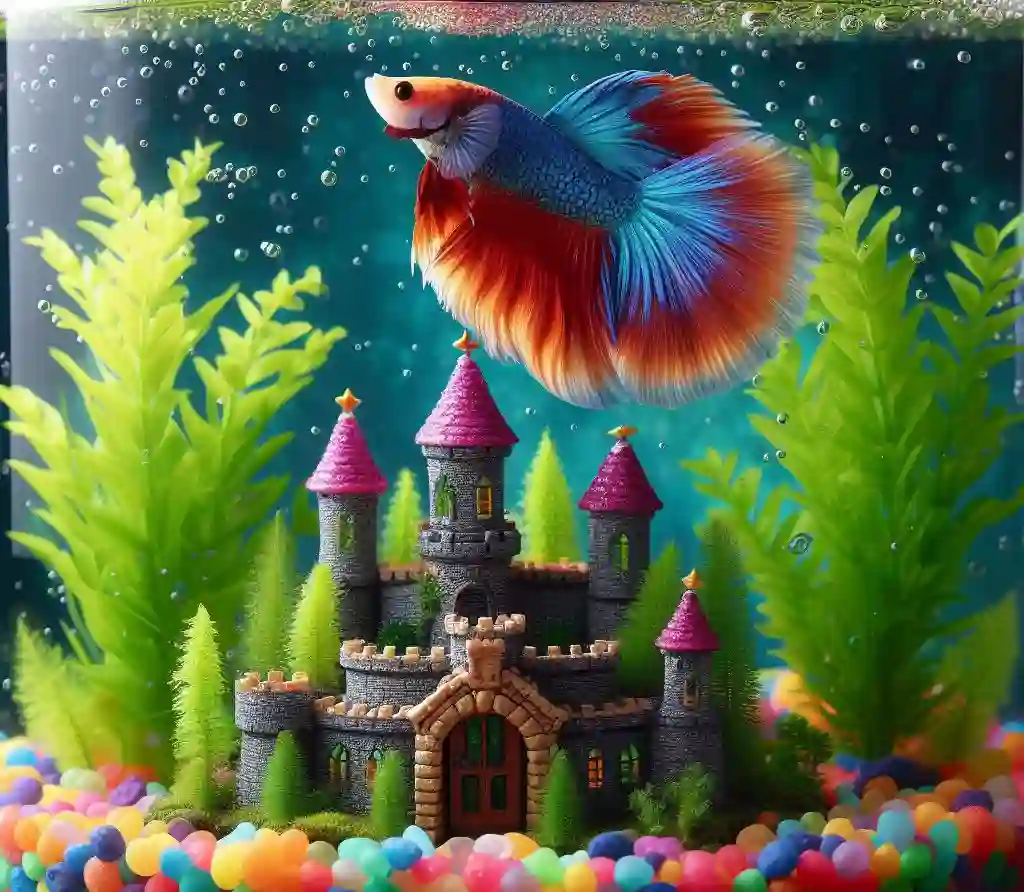
Decapitation is a last resort method for euthanizing a betta fish and should only be considered in emergency situations where other methods are not possible. This method is not recommended as a first choice, as it can be stressful and potentially inhumane if not performed correctly.
How it Works:
Decapitation involves quickly cutting off the fish’s head, which instantly kills the fish. This method is considered a last resort due to the potential for stress and pain if not performed correctly.
Step-by-Step Instructions:
- Prepare a sharp instrument: Use a sharp, clean instrument, such as a razor blade or a pair of scissors, to minimize suffering.
- Hold the fish securely: Hold the betta fish firmly but gently, making sure to support its body and minimize stress.
- Perform the decapitation: Quickly and precisely cut off the fish’s head, ensuring a swift and humane death.
Important Precautions:
- Use a sharp instrument: A dull instrument can cause unnecessary suffering and stress.
- Minimize stress: Hold the fish securely and perform the decapitation quickly to minimize stress and pain.
- Verify death: Ensure the fish has passed away before disposing of the body.
Disadvantages:
- Stressful: Decapitation can be stressful for the fish, especially if not performed correctly.
- Potential for pain: If not performed quickly and precisely, decapitation can cause unnecessary pain and suffering.
- Last resort: Decapitation should only be considered in emergency situations where other methods are not possible.
Ensuring a Peaceful Passing: Creating a Calm and Stress-Free Environment

Creating a calm and stress-free environment is crucial when euthanizing your betta fish. A peaceful environment can help minimize stress and anxiety, ensuring a more humane and gentle passing.
Tips for Creating a Calm Environment:
- Choose a quiet location: Select a quiet, peaceful location away from noise and distractions.
- Minimize handling: Handle your betta fish gently and minimally to reduce stress and anxiety.
- Maintain water quality: Ensure the water quality is optimal to reduce stress and discomfort.
- Provide a comfortable temperature: Maintain a comfortable water temperature to reduce stress and anxiety.
- Dim lighting: Use dim lighting to create a calm and peaceful atmosphere.
- Minimize observer stress: If possible, perform the euthanization process in a private area to minimize observer stress.
Creating a Stress-Free Environment:
- Use a separate container: Use a separate container filled with water from your betta fish’s tank to minimize stress and anxiety.
- Add a stress-reducing agent: Add a stress-reducing agent, such as a water conditioner, to the separate container to help calm your betta fish.
- Maintain a peaceful atmosphere: Play calming music or nature sounds to create a peaceful atmosphere.
Aftercare: Coping with the Loss of Your Beloved Pet and Disposal Options
Losing a beloved pet can be a difficult and emotional experience. It’s essential to take care of yourself and consider the well-being of those around you during this challenging time.
Coping with Loss:
- Allow yourself to grieve: It’s okay to feel sad, angry, or confused after losing your pet. Give yourself permission to grieve and process your emotions.
- Reach out for support: Talk to friends, family, or a pet loss support group about your feelings and emotions.
- Take care of yourself: Make sure to get enough rest, eat well, and engage in activities that bring you comfort and relaxation.
- Create a memorial: Consider creating a memorial, such as a photo album or a special place in your home, to honor your pet’s memory.
Disposal Options:
- Burial: Bury your pet in a special place, such as a pet cemetery or a designated area in your backyard.
- Cremation: Cremate your pet and scatter the ashes in a special location or keep them in an urn.
- Flushing: Flush your pet’s body down the toilet, but be aware that this method may not be suitable for all areas and can cause environmental concerns.
- Professional disposal: Contact a professional pet disposal service to handle the disposal of your pet’s body.
Conclusion: Finding Closure and Remembering Your Betta Fish
Euthanizing a pet is never an easy decision, but sometimes it’s the most compassionate choice we can make. Losing a beloved betta fish can be a difficult experience.
Remember to take care of yourself during this challenging time, and don’t hesitate to reach out for support from friends, family, or a pet loss support group. Creating a memorial, planting a tree or flower, or making a donation in your pet’s name can help you find closure and celebrate their life.
As you say goodbye to your betta fish, remember the happy moments you shared, the laughter, and the joy they brought to your life. Cherish those memories, and know that your pet will always be with you in spirit.
FAQs
Q: Is euthanizing a betta fish inhumane?
A: No, euthanizing a betta fish can be a humane option when done correctly. It’s essential to prioritize your pet’s welfare and take steps to minimize their suffering.
Q: What is the most humane way to euthanize a betta fish?
A: The most humane way to euthanize a betta fish is by using a method that minimizes stress and pain, such as clove oil euthanization or an anesthetic overdose.
Q: Can I euthanize my betta fish myself, or should I seek professional help?
A: While it’s possible to euthanize your betta fish yourself, it’s recommended to seek professional help from a veterinarian or experienced aquarist to ensure a humane and peaceful passing.
Q: How do I cope with the loss of my betta fish?
A: Losing a pet can be difficult, but it’s essential to take care of yourself during this time. Reach out to friends, family, or a pet loss support group for support, and consider creating a memorial or finding ways to celebrate your pet’s life.
Q: What should I do with my betta fish’s body after euthanization?
A: You can choose to bury your betta fish, cremate them, flush them down the toilet (in some areas), or contact a professional pet disposal service. Be sure to check local regulations and consider the environmental impact of your chosen method.

Hello, I’m Aria Cooper, the heart and soul behind Swimmy Buddies. As a devoted fish aficionado, I share my aquatic adventures and expertise to inspire your own underwater explorations. 🐠🌊



